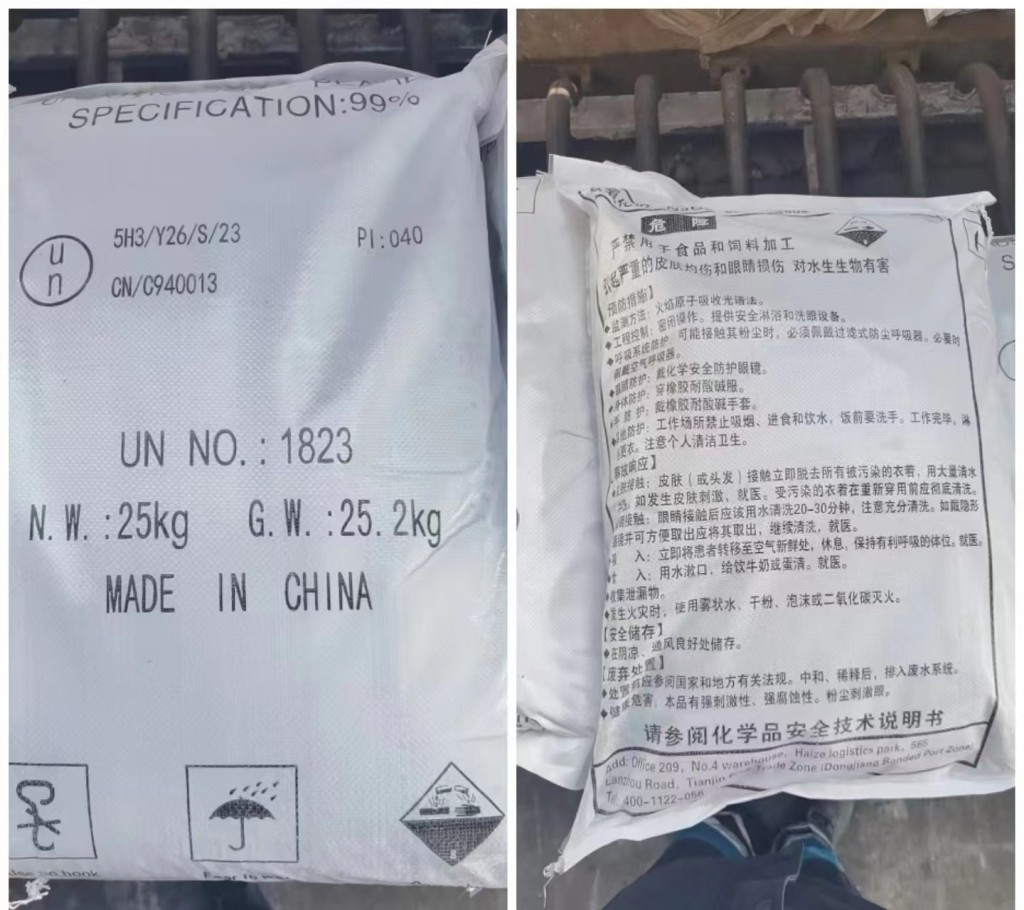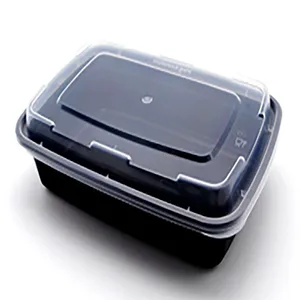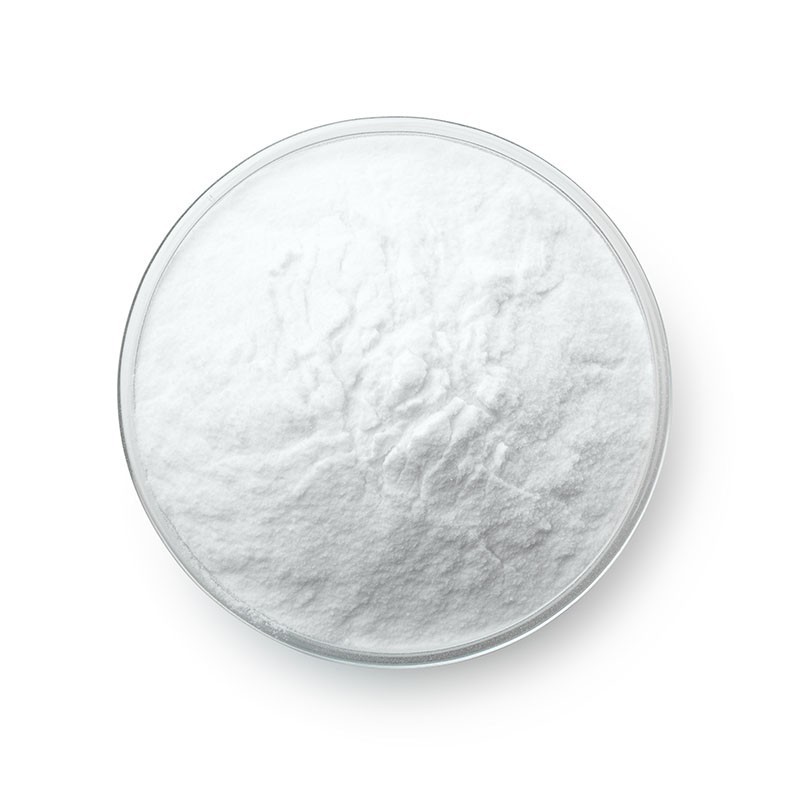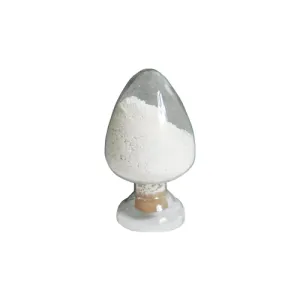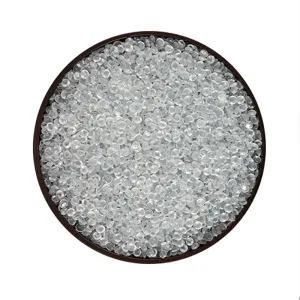India needs fourteen cracker units by 2040: Reep Hazarika, Managing Director, Brahmaputra Cracker and Polymer Ltd.
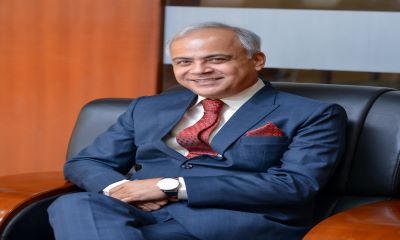
Reep Hazarika,Managing Director, Brahmaputra Cracker and Polymer Ltd.
What are the global trends in the petrochemicals sector in 2022 and how would explain its impact on India?
The global petrochemicals market size was valued at US $536.1 billion in 2020 and is expected to expand at a compound annual growth rate (CAGR) of 6.4% in terms of revenue from 2021 to 2028. The International Energy Agency (IEA) has forecasted that the petrochemical sector will account for one-third of oil demand growth by 2030 and will be nearly half in 2050. It has been estimated that production of key plastics will more than double between 2010 and 2050.
As per the recent study, Asia-Pacific, Middle East, and the US are the three demand centres of the petrochemicals market. Therefore, these three regions are investing heavily to boost petrochemical processing capacity to satisfy demand.
Post 2016, after the dip in oil price, all Middle East Nations started to invest in new downstream processing plants, especially in the production of petrochemicals to mitigate reliance on oil export revenues and diversify their product portfolios. Ethane remains the dominant feedstock in North America and the Middle East while Naphtha is most favoured in China and Europe. Therefore, China is expected to shift the ethylene production technology to crude-oil-based naphtha instead of relying on coal-to-olefins and methanol-to-olefins routes due to environmental regulations and other issues. Again, Naphtha percentage in the Western European cracker feedstock supply is gradually decreasing as the newer units have shifted to the lighter feeds. Therefore, since 2014-15, C4 chemicals and aromatics markets are riding on increased demand. Taking this advantage, China has built many units that will convert crude-oil-to-chemicals with a focus to produce aromatics, primarily paraxylene, benzene etc.
If we consider the Indian scenario, the growth of the petrochemical sector is always more than the GDP growth of the country. The average estimated growth for the next 5 to 7 years is about 9.3% against the world average of 5.2%. To meet the growing demand of petrochemicals, India needs five cracker units by 2025 and 14 units by 2040.
According to media report, India’s domestic ethylene capacity has increased from 4 MTPA in 2014 to 7.4 MTPA in 2021. Given the strong underlying demand trends, India’s petrochemical sector is now itnessing a significant investment boom, with several multibillion-dollar assets. The 18 million metric ton (MMT) in West Coast refinery, which is a joint venture between Abu Dhabi National Oil Company (ADNOC), Saudi Aramco, IOCL, BPCL, and HPCL, is an example of the Indian’s commitment to satisfy demand and mitigate imports.
What are the key milestones achieved by BCPL in FY 2021-22? How has the company’s revenue and profit performance been during FY 2021-22 and what is forecast for FY 2022-23?
In FY 2021-22, the company has geared up the pace after being hit by the pandemic on a global front. Although the world economy has slowed down and the same has hit hard on us, BCPL was still able to achieve 100% capacity utilization during the FY 2021-22.
Coming to the company’s revenue and profit performance, the revenue and profit for the year 2020-21 was around Rs. 2,902 crores and Rs. 740 crores respectively. Similarly, trends of revenue and profits are expected in the FY 2021-22 and FY 2022-23, although the same would be driven by feed[1]stock costs and the polymer market demand.
What is BCPL’s Capex plans for FY 2022-23? New products where you are focusing and how it will impact BCPL? What are your plans related to automation and digitalization across all BCPL’s plants?
BCPL has envisaged Capex of Rs. 157 crores during 2022-23, out of which Rs. 100 crores shall be towards setting up of two new projects, Butene-1 and HPG (2nd stage) plants with capacity 10 KTPA and 52 KTPA respectively which is a part of expansion of the business.
BCPL is a relatively new petrochemical complex commissioned six years back in 2016. Therefore, the latest state-of-the-art technology was used in our process plants.
SAP has been in operation since 2017 and the Plant Maintenance (PM) module is going to be implemented soon. Modules like Laboratory Quality Management System (LQMS) are already in operation and several others have been developed in house for ease of office operations. BCPL is always in the forefront to update its software and hardware systems to keep pace with the latest technological advancements.
Which products are planned for diversification by BCPL and by when? When are you doubling BCPL’s capacity?
Detailed study is being carried out for exploring the diversification as well as capacity enhancement of the petrochemical complex. The study on capacity enhancement of major units of BCPL are going on and the results are expected in FY 2022-23. Recently, a MoU was signed with Shyama Prasad Mukherjee Port, Kolkata (SMPK) for streamlining logistic chain for movement of feedstock like Naphtha via railway or via NW-2 by setting up of tankage facility at Haldia Dock Complex. These will provide BCPL additional cushion in addition to the domestic market to imported feed from the international market as and when required.
What is the BCPL’s group refining/processing capacity per annum at the end FY 2021-22 and what’s your share nationally? How are you planning to increase market share?
The nameplate capacity of BCPL is 280 KMT and its market share is about 3% in terms of national polymer production capacity. It is a matter of pride that the products of BCPL are being consumed 100% in its targeted markets and as such the worth of increasing the market share is already fetching good results. However, the same is being explored for its market in the North East region for better consumption by increasing awareness among the youths for its scope in wider utility and hence making profits. Development of downstream industries are being targeted and involvement of prospective buyers are increased.
As a part of Hydrocarbon Vision 2030 for North East India, what role BCPL will play in increasing feedstock to boost polymer business?
BCPL is running with the dual feed cracker and predominantly getting natural gas from upstream companies like OIL, ONGC, and some private players and Naphtha from refineries. Even though BCPL is not directly linked with Hydrocarbon Vision 2030 for North East (NE) India, BCPL is one of the ma[1]jor gas consumers in the NE region. BCPL is making collaborating efforts to help achieve the objective of Hydrocarbon Vision 2030 for North East by strategizing its expansion plan to bridge the gap between demand and supply of gas in the NE region.
How much is the annual processing capacity of BCPL’s Petrochemical Complex at Lepetkata in Assam where Polymers are being produced after processing the feedstock? Any plans of scaling it up?
At 100% design capacity, BCPL can produce 220 KTA of Poly Ethylene and 60KTA of Polypropylene with 43.7 KTA of Hydrogenated Pyrolysis gasoline and 9.3 KTA of Fuel oil as by-products.
BCPL has all geared up for expanding its annual production capacity. Detailed study is being done in consultation with the Process Licensors to carry out the debottlenecking of the existing plants. As demand for petrochemicals is expected to go up in the next few decades, therefore the prospects for expansion are quite promising for BCPL. BCPL has initiated dialogues with the upstream oil companies for the availability of feedstock to plan the expansion of the plant. Feasibility to undertake the expansion exercise are also being conducted.
LLDPE/HDPE Swing unit at BCPL’s Petrochemical Complex produces 2,20,000 TPA of polymer grade Ethylene and 60,000 TPA of polymer grade of Propylene. Any plans of scaling it up?
As already mentioned above, the feasibility study is being carried out to undertake the expansion activity. Based on the feasibility study report further action will be taken up.
How much is the annual processing capacity of Gas dehydration and compressor at GDU Duliajan where feed natural gas is processed from Oil India Limited? Any plans of scaling it up?
The present processing capacity of GDU Duliajan is 6 MMSCM per day. With the forecast of gas availability of OIL, BCPL is already carrying out a detailed study on Debottlenecking/capacity expansion.
How much is the annual processing capacity of Lakwa Natural Gas Sweetening Unit Cum C2+ Hydrocarbon Recovery Unit where feed natural gas supplied by ONGC is processed? Any plans of scaling it up?
The design of the annual gas handling capacity of BCPL Lakwa Unit is 333 MMSCMD to produce 28,000 TPA of C2+. Rich gas has been recently explored by private companies in several blocks of Assam basin including Charaideo and Golaghat regions which is relatively near to BCPL Lakwa unit.
BCPL has entered into an MoU with Assam Gas Company for supply of rich gas to Lakwa plant. Apart from that, discussion is on with the upstream companies to infuse additional gas to Lakwa plant.
What is the strategy adopted by the company for marketing its products through GAIL and others?
BCPL has entered into a marketing agreement with GAIL for a period of ten years for marketing of BCPL products. Through this agreement, BCPL has been able to utilize the well-established polymer network of GAIL for establishing its brand across the length and breadth of the country. BCPL has been able to use the technical expertise of GAIL Polymer Technology Centre (GPTC) for improving and upgrading product quality. BCPL polymer products have been well established in the domestic as well as international market and are being used for quite a number of critical applications in various sectors.
How is the company striking a balance between sustainability and growth? Sustainability projects planned to be undertaken in FY 2022-23?
BCPL faced several challenges in the initial phase of operation and stabilization of the petrochemical unit. BCPL has taken initiative to control its emission by selecting state-of-the-art clean technologies which are producing fewer pollutants and all parameters are maintained well under prescribed limits of the statutory body. Waste reduction is also part of BCPL’s environment care and it has achieved 15% wastewater reduction in the last FY 2021-22. BCPL is also working on CO2 emission reduction by capturing and supplying to upstream majors like OIL for sequestration in oil enhancement projects which will pave the way for strong checks on CO2 emission.
The issue of feedstock availability and sustainability was very well handled by BCPL to run the plant at more than 100% capacity for the last four years. Purchasing of Butene-1 via spot purchase is an assiduous step in this regard. Several MoUs have been signed recently with small oil/gas producing companies as well as with some government bodies to ascertain BCPL’s feedstock availability as well as streaming the logistics part.
CSR initiatives to be undertaken by the company in FY2022-23?
We have entered into the CSR regime from the FY 2020-21, wherein we have taken up projects of around Rs. 11.5 crore. In the year FY 2021-22 we have taken up projects of around Rs. 19.1 crores. The execution time of some of these projects are spreading between one to three years. We are mainly concentrating our CSR activities in and around our Unit operating areas. In FY 2022-23, the projects are being finalized and we will be spending around Rs. 20 crores for CSR activities.
Recommended Suppliers
 June 3, 2024
June 3, 2024  June 3, 2024
June 3, 2024  June 17, 2024
June 17, 2024  June 18, 2024
June 18, 2024  June 18, 2024
June 18, 2024 

